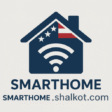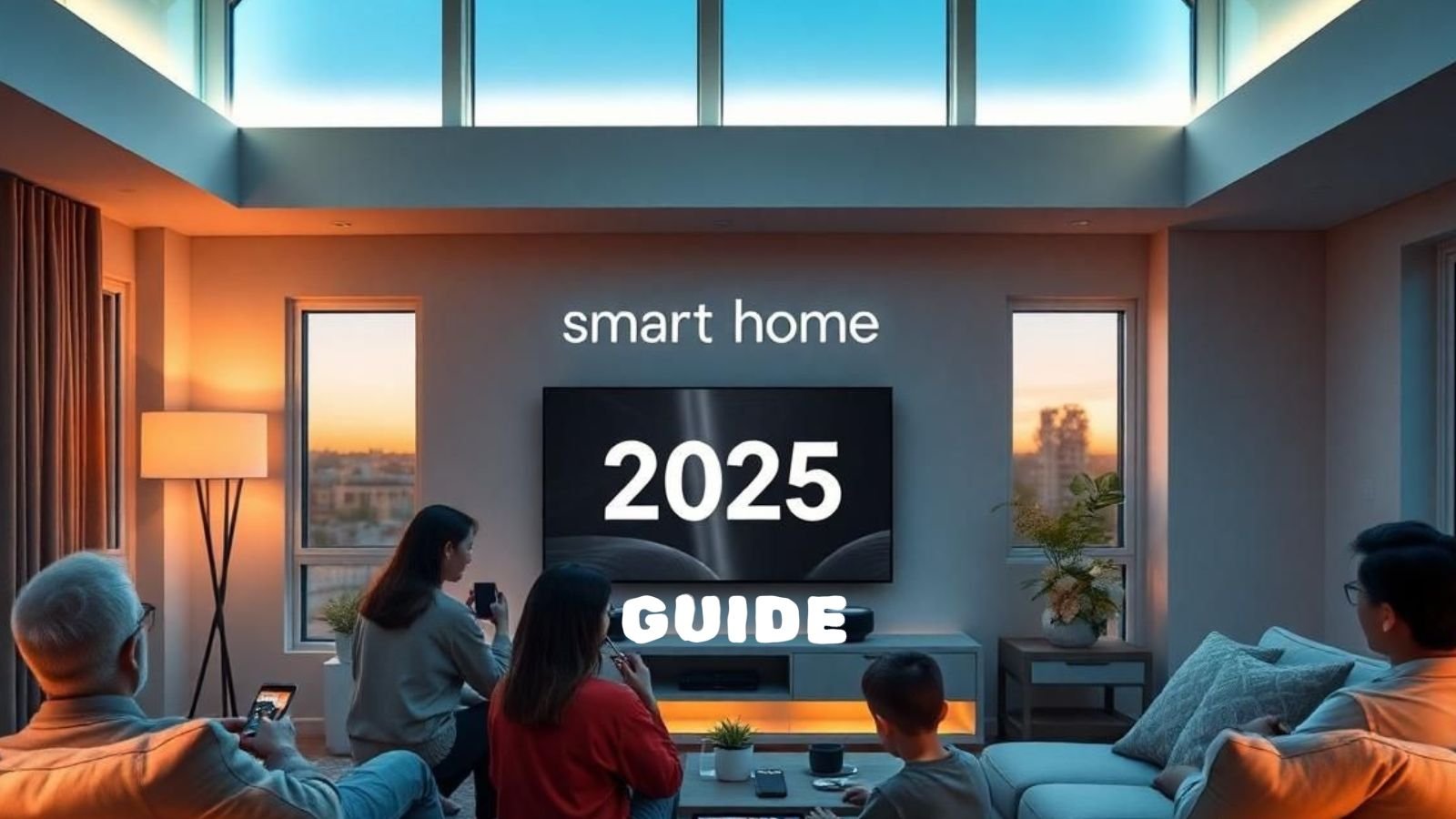The Ultimate Smart Home Setup Guide 2025: Transforming American Living

Over 57% of US households now use at least three smart devices, transforming how Americans control their living spaces. Yet many feel overwhelmed by options like Matter 2.0 compatibility, security concerns, and installation complexities. This guide cuts through the confusion with a strategic, room-by-room approach to building an efficient smart home tailored to your lifestyle.
Why 2025 is the Perfect Time to Upgrade
The smart home market has reached critical maturity with three key developments:
- Matter 2.0 Standardization: 78% of new devices now support this universal protocol, ensuring cross-brand compatibility
- Energy Incentives: Federal tax credits cover 30% of qualifying smart thermostat and solar integration costs (up to $1,200 annually)
- AI Personalization: Systems now learn habits in 2-3 weeks rather than months
Properly configured smart homes report 23% lower energy bills and 41% faster emergency response times, according to ENERGY STAR and NIST studies.
Phase 1: Strategic Planning Essentials
Network Assessment
Before purchasing devices:
- Conduct Wi-Fi speed tests in every room (aim for 50+ Mbps in dead zones)
- Consider mesh systems like NETGEAR Orbi for homes >2,000 sq ft
- Dedicate the 2.4GHz band to smart devices; reserve the 5GHz band for streaming
Ecosystem Selection
Choose your hub based on existing investments:
| Platform | Best For | 2025 Advantage |
|---|---|---|
| Apple HomeKit | iPhone users, privacy-focused | Seamless Apple Watch/FaceID integration |
| Google Home | Android households, budget-friendly | Superior voice recognition in noisy environments |
| Amazon Alexa | Multi-device homes, shoppers | Lowest-priced entry devices (Echo Dot, $49) |
| Samsung SmartThings | Advanced automation, Matter 2.0 | Zigbee/Z-Wave plus Thread radio support |
Pro Tip: Renters should prioritize non-permanent solutions like smart plugs and adhesive sensors.
Phase 2: Core Device Recommendations
Energy & Climate Control
Top 2025 Thermostats:
- Ecobee Smart Premium—Best for whole-home zoning (saves $180+/year)
- Google Nest Learning—Most intuitive scheduling
- Honeywell Home T9—Best for older HVAC systems
Check state-by-state rebate maps for instant savings at installation.
Lighting Solutions
Layer your approach:
- Smart Switches: Lutron Caséta (no hub required)
- Color Bulbs: Philips Hue (best for entertainment zones)
- Outdoor: Ring Pathlights with motion-based activation
Design Tip: Use warm whites (2700K) in bedrooms and cool whites (4000K) in task areas.
Security Essentials
Prioritize these components:
- Video Doorbell: Google Nest Doorbell (24/7 recording)
- Lock: Yale Assure Lock 2 (keyless + touchpad)
- Monitoring: SimpliSafe Professional Monitoring ($19.99/month)
Compliance Note: 12 states require two-party consent for recording; review local surveillance laws.
Phase 3: Professional vs DIY Installation

When to Hire Pros ($150-$500/service):
- Hardwired security systems
- Whole-home audio wiring
- HVAC-integrated zoning systems
DIY-Friendly Projects:
- Smart plug installations
- Wireless camera placement
- Voice assistant setup
Use our Smart Home Starter Checklist for step-by-step guidance.
Phase 4: Privacy & Security Protocols
Implement FBI-recommended safeguards:
- Enable end-to-end encryption on all cameras
- Create a separate IoT network isolating devices from personal data
- Disable microphone access when not in use (especially in bedrooms)
- Conduct quarterly firmware updates
Resource: Download our Smart Home Privacy Checklist.
Phase 5: Energy Automation Strategies
Maximize savings with these automations:
- Peak Hour Shutdown: Automatically raise the thermostat 4°F during utility peak pricing
- Vacation Mode: Randomized lighting + 55°F thermostat setting
- Appliance Scheduling: Run dishwashers/washers during off-peak hours
Case Study: Massachusetts homeowners saved 34% ($612/year) using these strategies with ENERGY STAR certified devices.
Future-Proofing Your Investment
Prepare for these 2026-2027 developments:
- Wireless Power Consortium standards enable cordless device charging
- AI refrigerators that auto-generate shopping lists based on expiration dates
- AR maintenance guides overlaying repair instructions on malfunctioning appliances
Design Tip: Run conduit behind walls during renovations for future wiring needs.
Beginner’s 90-Day Roadmap
- Week 1-2: Install smart plugs + voice assistant
- Week 3-4: Add security entry system (doorbell + lock)
- Month 2: Implement smart lighting + thermostat
- Month 3: Configure whole-home automations
Download our prioritized Smart Home Implementation Plan spreadsheet.
Frequently Asked Questions
What’s the minimum budget for a starter smart home?
Build a functional core system for under $500: Google Nest Mini ($50), Kasa Smart Plug 4-pack ($35), Wyze Cam v4 ($36), and refurbished Ecobee3 Lite ($129). Add optional sensors over time.
Do smart homes increase property values?
Homes with integrated (not DIY) systems appraise 3-5% higher according to NAR studies. Document installations with manuals and warranty information.
How do I prevent device obsolescence?
Choose Matter 2.0-certified devices with firmware update histories. Avoid brand-specific proprietary systems unless they support open standards.
Ready to Transform Your Home?
Get your personalized smart home plan with exclusive partner discounts:
Book a Free 30-Min Consultation
Or download our Ultimate Starter Kit Comparison Guide

